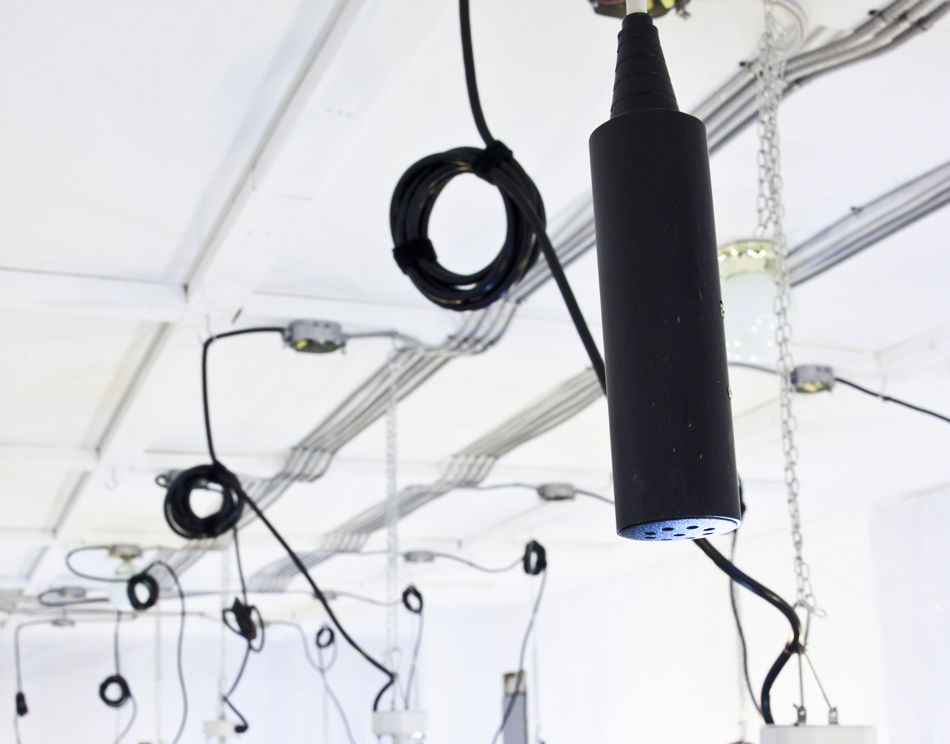
Carbon dioxide (CO2) naturally exists in the ambient atmosphere at between 300 and 400 parts per million (ppm) and is considered by some an essential plant nutrient.
Simply put, CO2 diffuses through open stomata of chlorophyll-containing leaves of a live plant and is combined with a split water (H2O) molecule in the presence of light to form a carbohydrate; the whole process is called “photosynthesis”
The positive effects of CO2 enrichment on plant growth have been known since the 1920s, although greenhouse CO2 enrichment was not put into practice until the 1960s.
In an enclosed greenhouse, atmospheric CO2 content will decline during the day due to photosynthetic activity (absorption of CO2) and will increase at night as plants respire (release CO2); the change in concentration is as much as 150 ppm. Frequent ventilation of the greenhouse and air mixing within the plant canopy can moderate this cycling of the CO2 content.
The rate of CO2 depletion is directly correlated with the rate of photosynthesis, with the depletion occurring rapidly within a few hours after daylight.
The photosynthetic rate is positively correlated to the CO2 concentration surrounding the plant; the extent of this concentration effect varies with plant species
In addition, the positive enhancement effect can be markedly increased when the CO2 concentration is three to four times that naturally existing in the atmosphere, while photosynthesis can be halted when the CO2 concentration approaches 200 ppm. Excessively high CO2 concentrations (2000+ ppm) can be toxic to plants, while concentrations of 5000 ppm can pose health dangers to those working in such an atmosphere
The effect of CO2 enhancement on plant growth for crops such as tomato, cucumber, bell peppers, flowers, lettuce and herbs, and ornamental and forage crops has been reviewed by Elber (1997) and Morgan (2003).
Source; J. Benton Jones Jr Hydroponics A Practical Guide for the Soilless Grower